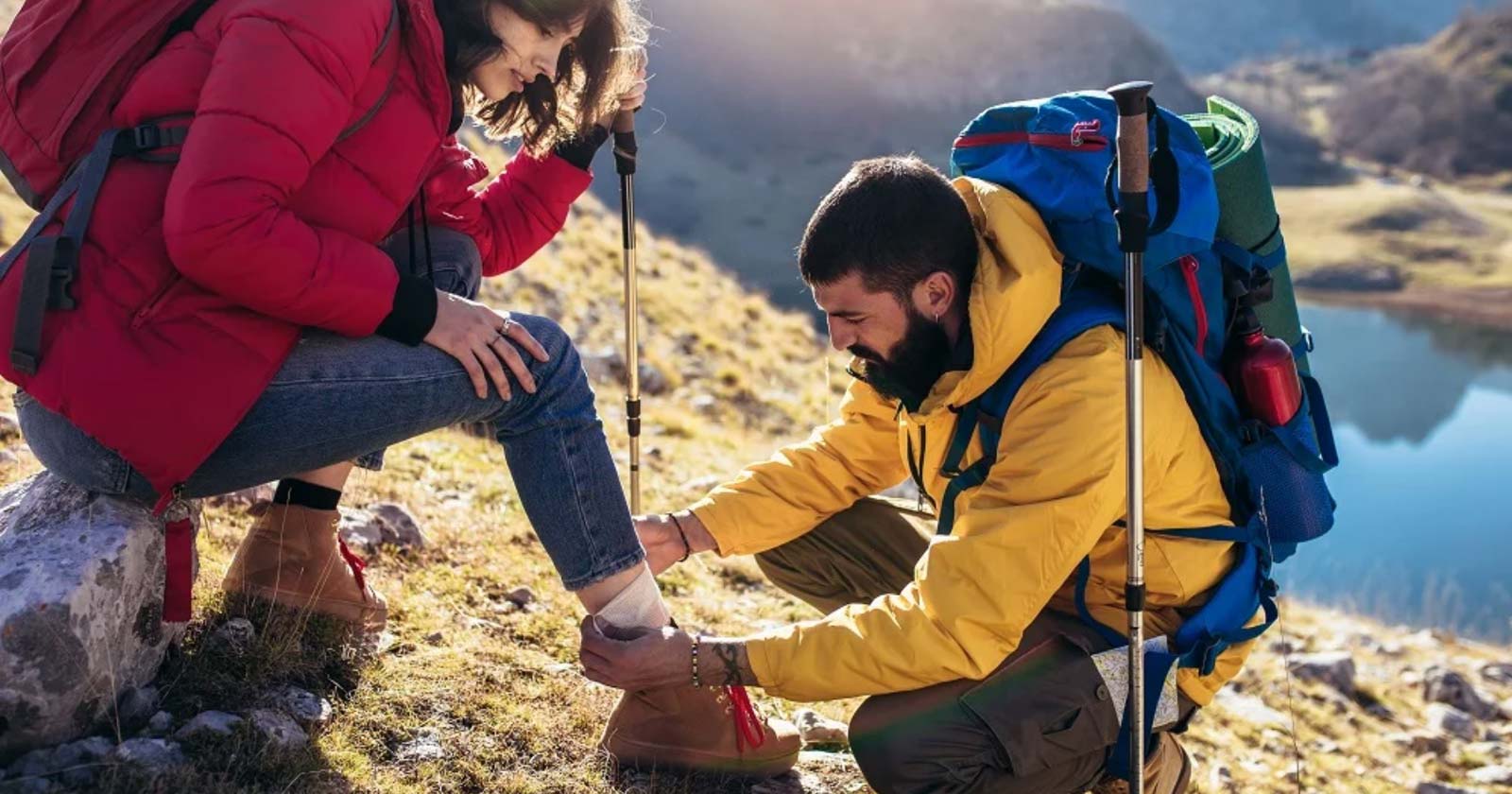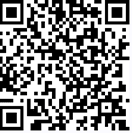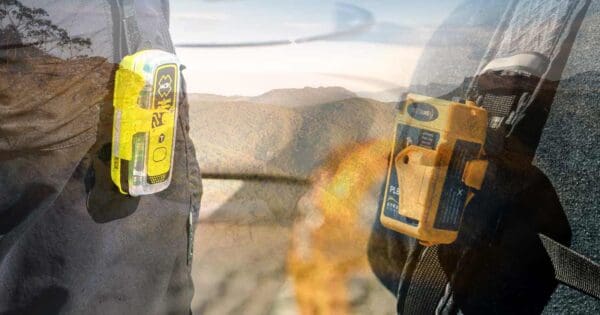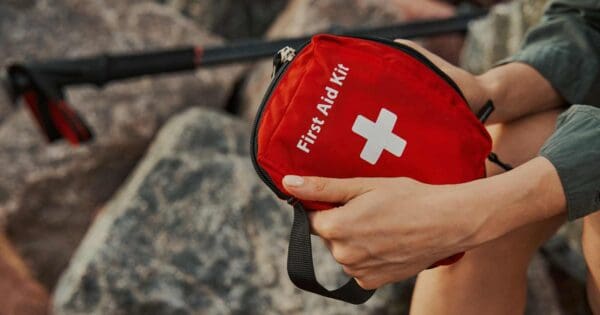Exploring the outdoors, safely. Advanced Wilderness First Aid Training
As experienced wilderness experts and outdoor leaders will all attest to, the importance of being trained in methods and procedures to provide self-care post-injury in wilderness environments is critical to saving lives. The Australian outdoors, with its unpredictable and ever-changing environment, can be both exhilarating and dangerous. From dense forests to remote deserts, rugged coastlines, and snowy mountains, Australia is home to some of the most unique and diverse wilderness areas in the world. Whether you are a seasoned hiker or a beginner adventurer, it’s crucial to be prepared for any medical emergencies that may arise while exploring the great outdoors. Your life or the life of another may depend on your proficiency.
One such example is a hiker who was on a solo trek in the Blue Mountains in New South Wales. During the hike, the hiker stumbled and fell, severely injuring their ankle. With no one else around and kilometres from the nearest medical facility, the hiker was able to assess their injury, stabilize their ankle using a splint, and use their satellite phone to call for help. Their training in wilderness first aid allowed them to make informed decisions, improvise with the resources available, and ultimately, save their life.
Australia is home to many wilderness areas that are remote, rugged and at times, hostile to human life. Hiking, camping, and exploring these areas can be incredibly rewarding, but it’s important to be equipped with the right knowledge and skills to handle any medical emergencies that may arise. Without proper training in wilderness first aid, even a small injury or illness can quickly escalate into a life-threatening situation. This is only exacerbated by the often-prolonged timelines for support to arrive, and isolation from second-level medical support.

In the wilderness, medical help may not be readily available, and it may take hours or even days to reach a hospital or other medical facility. This is why it’s essential to be equipped with the knowledge and skills to assess and treat injuries and illnesses until professional medical help arrives. In some cases, the delay in getting medical attention can be the difference between life and death.
Wilderness first aid training is designed specifically to prepare individuals for the unique challenges and situations that arise in the wilderness. Unlike traditional first aid training, wilderness first aid covers a wide range of topics, from wilderness-specific injuries and illnesses to improvised rescue techniques and survival skills. Participants in wilderness first aid courses will learn how to assess and treat injuries and illnesses in a wilderness setting, as well as how to prevent emergencies from occurring in the first place.
One of the key benefits of being trained in wilderness first aid is the ability to make informed decisions in emergency situations. For example, if someone were to suffer a snake bite, a wilderness first aid-trained individual would know how to identify the type of snake, assess the severity of the bite, and provide appropriate first aid treatment until professional medical help arrives.
Another important aspect of wilderness first aid is the ability to improvise in emergency situations. Traditional medical supplies may not be readily available whilst exploring the outdoors, and it’s important to know how to make do with what’s available. A proficient wilderness first aid practitioner would know how to use advanced first aid practices such as applying tourniquets and using Slishman Traction Splints. Not only that, but the wilderness practitioner can also use resources to manufacture improvised items to provide aid.
For outdoor leaders, there are additional benefits to wilderness first aid training which includes how to manage a group of people in the event of an injury or illness. There are demonstrated effects on groups (particularly ones that are inexperienced) resulting from a member sustaining trauma. It will be up to the outdoor leader to not only provide first aid but manage the group to ensure there is no panic, and further injuries. These are all skills learned on a wilderness first aid course.
Being trained in wilderness first aid is crucial for anyone who spends time in the great outdoors. The wilderness, with its unpredictable and ever-changing environment, can be both exhilarating and dangerous and medical help may not be readily available. It is essential to be equipped with the knowledge and skills to assess and treat injuries and illnesses until professional medical help arrives. If you spend time in the wilderness, consider investing in wilderness first aid training. Your life or someone else’s may depend on it.
About the Author:
This article was written by Mr Bryce Turner. Bryce is a 15-year veteran of the Australian Army, an outdoor enthusiast, and the CEO of the Klepper Training Academy (KTA). KTA are establishing first aid courses in the South East Queensland region including basic first aid, through to wilderness first aid. See https://klepper.edu.au for more information or scan the QR Code below.






